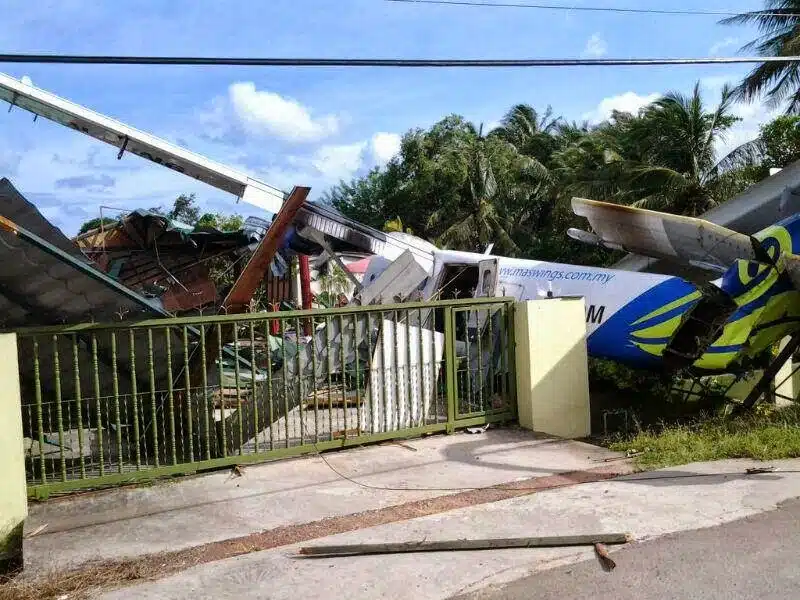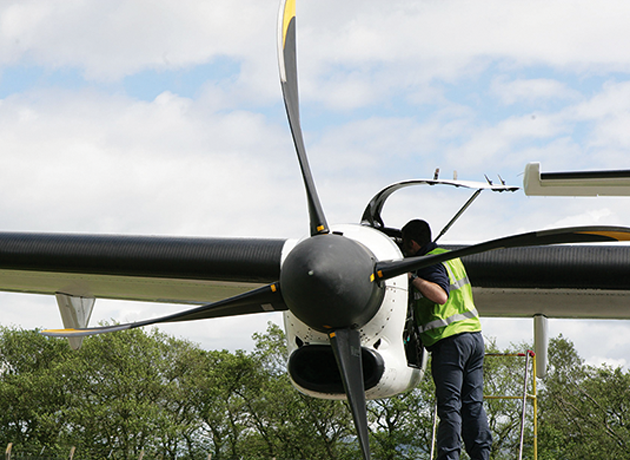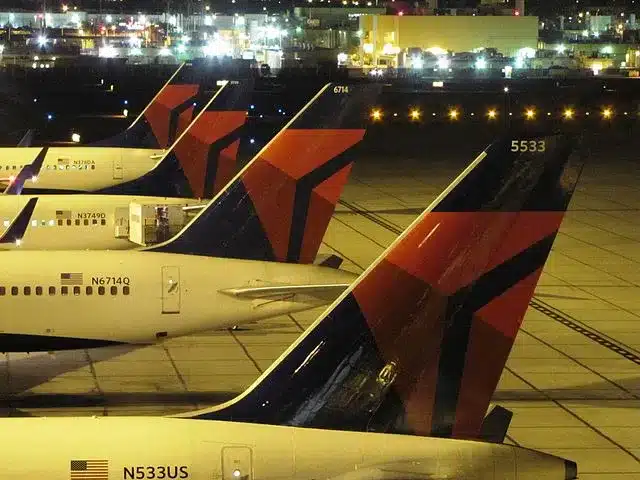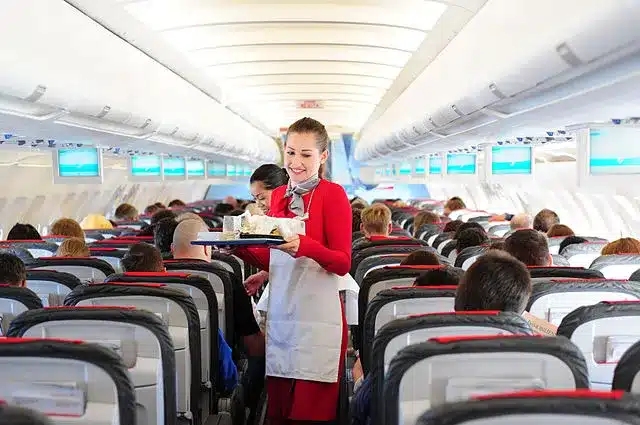We look at Turboprop Safety Statistics
The last few years have been “outliers” with the Covid Pandemic shutting down aviation for the best part of three years, resulting in a hiccup to the trend data. But Turboprop Safety data there is. And the most recent IATA report has something concerning.
Turboprop safety performance is lagging that of jets. Not only is it lagging but it is lagging significantly. From a technical perspective there is no reason for this, both use fundamentally the same (turbine) engine. So we need to find out why.

Aircraft Storage
Why do we say the last few years are Outliers?
The aviation industry was shut down by Covid, resulting in the vast majority of commercial aircraft being parked. Aircraft don’t like being parked. They are designed to be in operation continuously and long-term storage can sometimes be as demanding as operating 4,000 hours a year.
Aircraft storage programs are mandated by manufacturers for all aircraft and engine types. MRO’s (Maintenance Repair & Overhaul) are issued with instructions on what needs to be done to keep the metal in perfect shape. Safe for when it returns to service. Same goes for pilots, when they are grounded for long periods they need to do simulator sessions to keep their skills sharp. Everything degrades when not used and in undesirable, unwanted, ways.
With the pandemic came groundings. And not just aircraft groundings but pilot groundings also. Aircraft were stored (correctly) and pilots sent home to their home countries to wait for a call or to consider their next steps. Here’s the thing – neither aircraft nor pilots like to be grounded. That is not their natural habitat and they are not designed to sit motionless. They prefer when they are up in the air with the systems operating and the fluids, oils and blood is coursing through their systems and veins.

Pass the FAA Private Pilot test with flying colors. Achieve your dreams of flying an airplane.
Modern aircraft are safe. Very safe. But we do have accidents. You can read our report on recent narrow-body accidents. An extremely small amount of incidents relate to the design or technical reliability of the aircraft themselves. But a question has arisen that has caused us to consider whether Turboprop safety could be “less safe” statistically then others. And if this is true then we need to get to the reasons why this might be the case.
IATA 2022 Turboprop Safety Report
Released in early March 2022 the International Airline Transport Association stated that an individual would need to take a flight every day for 10,000 years (on average) to be involved in an accident with at least one fatality.
The safety data provided covered a full year of flights which were disrupted by Covid 19 travel restrictions and while total flights were 45% down from pre-pandemic flights in 2019, they were up against 2020 figures. It is expected that 2023 flights will be up again and we all hope that 2019 levels of performance will return in early 2024.
The headline is that there were 26 major incidents or accidents. These major events involved either substantial damage or complete hull loss (BER) and covered 25,700,000 flights. Flights, not hours. This rate of 1.01 per one million flights represents an improvement from 1.58 in 2020 and is ahead of the rolling 1.23 average between 2017-2021. Seven of the 26 accidents involved fatalities which totalled 121 souls lost to aircraft accidents.
Six of those seven fatal flights were Turboprop operations.
Turboprop Accidents
In terms of hull loss – where the aircraft is BER (beyond economical repair) there were one for every 7.7 million jet aircraft flights across the year; for Turboprop safety, a loss was recorded once for every 560,000 flights.

Ex-British Airways CEO and now IATA Director General Willie Walsh seems to be on top of the issue. We would hope so. Because if there’s something inherent in the way we operate turboprop aircraft that needs to be reviewed – then lets do just that.
“Turboprop operations will be a focus area to identify ways and means to reduce the number of incidents related to certain aircraft types”.
Willie Walsh
Here’s the true representation of the data – Despite only accounting for 11% of the total flights in 2021, accidents involving turboprop aircraft represented 50% of all accidents, 86% of fatal accidents and 49% of fatalities. In fact turboprop accidents drove the overall fatality risk higher to 0.23 from 0.13 in 2020 and 0.14 across the years 2017-2021.
The jet aircraft number improved in the same period from 0.6 to 0.4 in 2021. Of the six fatal accidents three were in the commonwealth of independent states (CIS) and the other three were in Africa. Notably, none of the airlines involved were IOSA registered.
IOSA (IATA Operational Safety Audit)
IATA have a registry called IOSA. It’s the global standard for operational safety audits and a requirement for IATA membership. But it has far greater reach than that. In the ACMI or wet-leasing sector of operations, if you don’t have the IOSA certificate you will find it difficult to lease your aircraft out, or get aircraft leased in.
This limits the markets you can operate in and the returns you can make. It won’t come as a surprise to hear that the Turboprop safety and Jet Safety rates amongst IOSA registered carriers was nearly 10x better than that of a non-IOSA registered carrier. Of the accidents, the worst crash was an AN-26 operated by Kamchatka Aviation Enterprise when it crashed into a cliff on approach to Palana in Russia killing 28 crew and passengers. Of the jets, the worst was the Sriwijaya Air crash of a B737-500 where 62 passengers and crew lost their lives.

Get yourself in the sky today and feel what it’s like to be a pilot!
Propeller Aircraft Safety
Propellers and the hubs they are attached to are equally dependable as the jet engine fan hubs and blades. And the powerplant that supplies the energy are of similar design.
There is no reason that we know of that exposes Turboprop aircraft to higher risk that Jet aircraft. Even the higher take off and landing ratio shouldn’t expose the sector to higher risk.
Turboprop Safety
We studied the most recent B737 crashes and maybe its time to do a deep dive on the Turboprop aircraft. Investigating this is not to blame or to divert the attention onto groups or users but to identify the gaps in the systems we need to operate safety. All failures are system failures. Humans make mistakes and so we must organize and prepare for these outcomes.







